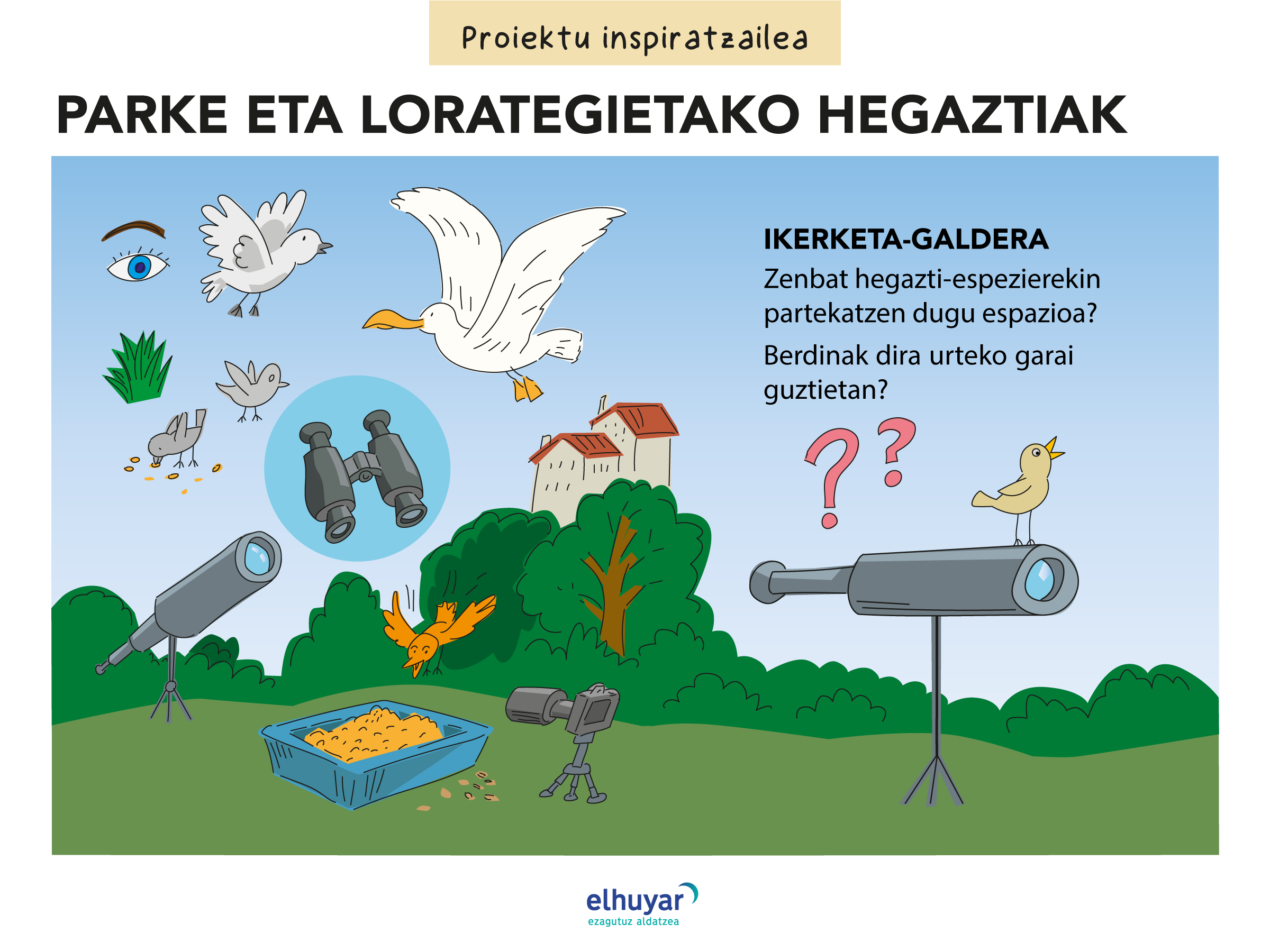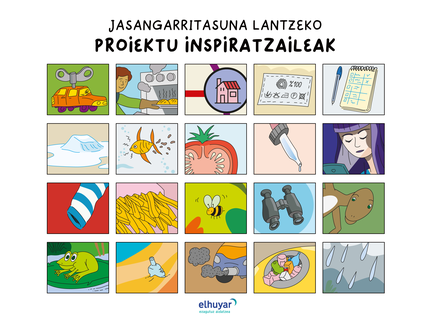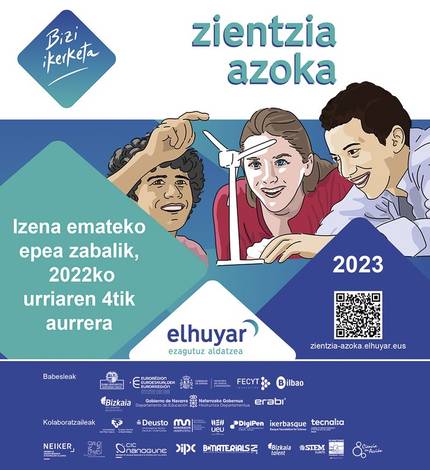Inspiring project: How many bird species do we share space?
2024/04/24 STEAM-Hezkuntza (Elhuyar Zientzia)

Debates of the European Parliament
Biodiversity of urban/urban birds
Context
We share space with a large number of living things, from the smallest microorganisms to the largest animals. Many of these animals have learned to adapt to our presence, even in urban environments, and birds are a clear example of this. But you don't see the same species of birds everywhere. In cities, for example, we find pigeons and gorrions, while in rural areas we can also see hawks and vultures, among others.
Some bird species find in cities a safe place for protection, food and nest, but coexistence between birds and humans is not easy. Birds can find shelter and food in the city, but they also have risks, like exposure to pollution. On the other hand, overpopulation of birds can lead to problems such as the spread of disease or the degradation of urban ecosystems.
Appropriate measures should therefore be taken to ensure that coexistence between birds and humans is as good as possible.
Research question
How many bird species do we share space? Are they the same at all times of the year?
Research objectives
- To know birds that share space with humans.
- Bird watching and studying their diversity and behaviour.
- Investigate the factors that influence the presence and abundance of birds.
- Analysis of the relationship between bird biodiversity and the natural and human environment.
Experimentation proposal
- Collect and analyze information about local birds; we can look in books or databases, or ask citizens. For example, ask the old people of the village whether a bird has disappeared from those who were young or whether any new species that did not previously exist has appeared.
- Build bird canteens and place them in a quiet place to observe. It's important that dining rooms always have food. You can also put water in.
- Define how the observation will be performed: at what time it will be done, how we will organize the observation shifts…
- Observe and record the birds approaching the canteens. If necessary, use bird identification guides or mobile applications. Write details such as size, color, trill and bird behavior. Cameras can also be used.
- Analysis of the information and results obtained and conclusions: What species exist? Are they the same at all times of the year? And all the hours of the day? Has any species that existed a few years ago disappeared? Is there any new species that didn't exist a few years ago?
- Communication: the results can be disseminated in different ways, such as hanging the report and/or video of the project on the web and social networks of the center, making panels of the identified species and placing them in the center/place where it has been observed, organizing lectures (for students, parents…), participating in scientific projects of the citizenship, presenting the project in a scientific fair…
Keys to reflection
- Adaptation of wild species to urban environments and population growth: wild boars, storks, pigeons…
- Pets vs wild animals (e.g. cats hunt wild birds).
- I respect wild animals in cities and elsewhere.
- Risks of sharing spaces with wild animals: accidents, diseases… (also for animals).
To see more projects, click here.
This project, promoted by Elhuyar, has the collaboration of the Department of Economic Promotion and Strategic Projects of the Provincial Council of Gipuzkoa.

Gai honi buruzko eduki gehiago
Elhuyarrek garatutako teknologia






